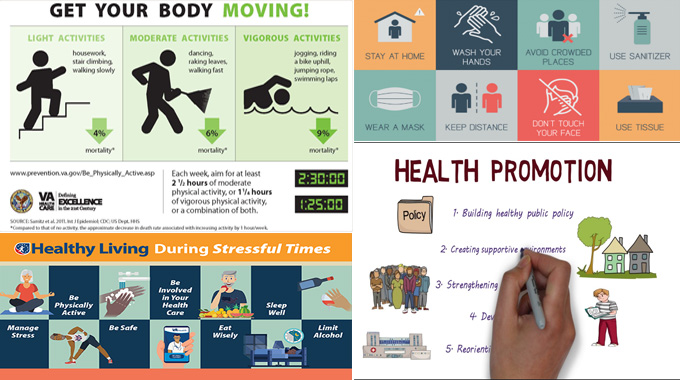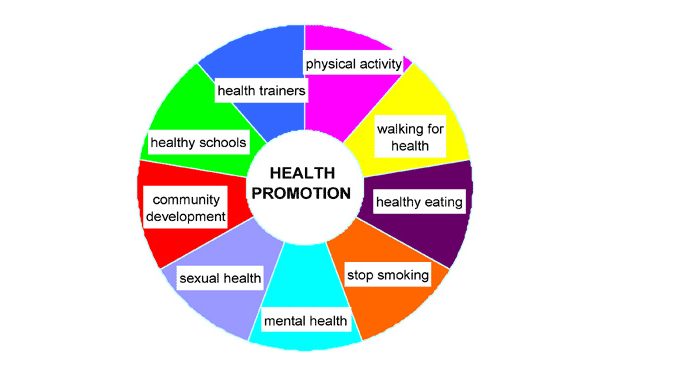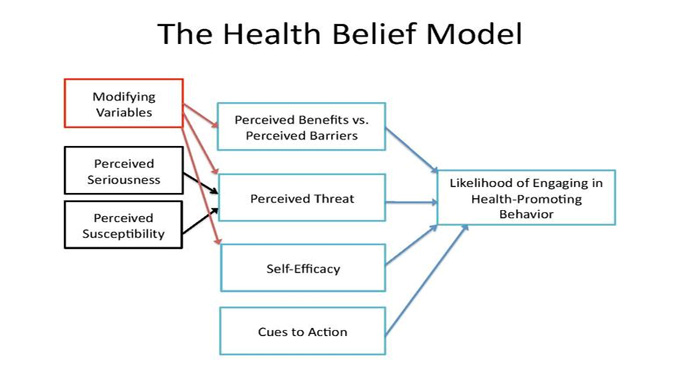Understanding Your Health Care Services Authorization
The growth of the health care industry has made Sant’s health care services more professional. This is reflected in their advertising and marketing campaigns. At Sant, patients get a range of health care services from a dedicated team of doctors, nurses, and other health care professionals. At Sant, patients are never left on their own in a rural health care facility. Instead, they are always in contact with people who live near them, so they can be reached in a timely manner.
Health Care Service Examples
Other examples of health care services examples at Sant include home health care services, such as physical therapy, occupational therapy, and other similar services. These can help a patient regain mobility or use their current abilities after an illness or injury. Rehabilitation can take place at home or in a hospital setting. Home health care services also include other forms of non-medical care, such as emotional and spiritual support, catheters, hearing aids, and prescriptions for medication.
Licensed Home Care Agency
Another example of Sant health care services would be licensed home care agency. A licensed home care agency is one that has been approved by the state to provide health care services. Prior to becoming licensed, an organization must undergo an initial background check. After being approved, organizations may then apply for an LHCSA. The most common form of an LHCSA application is through the internet. However, some organizations prefer to apply directly to a state licensing board instead.
Some examples of home health care services include speech therapy, which can treat patients for hoarseness, fluency, and other speech problems that require language therapy. Another form of this service is occupational or physical therapy, which is used to treat conditions like diabetes or osteoarthritis. An occupational therapist provides services to physically challenged individuals, such …



















